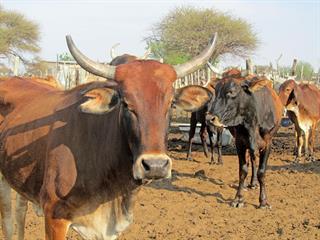Tomatoes, being an expensive crop to produce, require that you get everything right at the lowest cost. This does not mean taking risky shortcuts, but the economics of every decision needs to be carefully considered. If you’re planting into eelworm-infested soil, rather go for a resistant variety as most nematicides don’t control 100% without great expense.
Rather pay a little more for seed if necessary. Some varieties, although perhaps with a slightly better quality or yield, may cost up to R8 000/ha, while the cheaper, perhaps slightly inferior variety could be acceptable on the market. At the end of the day, cheaper seed may give one a higher net profit. The difference in price may represent up to 2 000 boxes/ha extra, required by the more expensive seed, just to cover the difference in cost if the overall net profit is R4/box.
Fertilisation is also often excessive on this crop. It’s a perception that extra fertiliser will give a better yield. The opposite is often true. You need to have a good soil analysis done before planting to get the balance right. The balance will not only affect yield, but have a substantial affect on fruit quality: firmness, taste and visual quality. Tasteless, limp tomatoes with grey wall problems turn around completely with the addition of gypsum and extra potash. notice that too many farmers start pushing the crop with nitrogen from very young. This can be both wasteful and counter-productive.
Generally, newly cultivated, fertilised soil has adequate nitrogen to keep the plants going for a while and all the additional nitrogen will do is cause lush foliage, longer internodes and lower fruit set. Stimulated in this way, plants automatically use the opportunity to dominate by making as large a plant as possible with seed production a low priority at that stage. We need to learn to “read” the nitrogen requirements by the colour and type of growth. In soil this will not only vary from land to land, but also from year to year. Different varieties react differently.
I have seen farmers having problems when changing the variety and maintaining the same fertiliser programme. A variety with a stronger root system will gain much more by “foraging”. client of mine once remarked that he had calculated that he was getting yields no higher, using expensive consultants and intricate and expensive fertiliser programmes, than when he used old varieties with a simple, cheap fertiliser programme. Much is common sense and watching input costs. – Bill Kerr ([email protected] or call (016) 355 0616).









